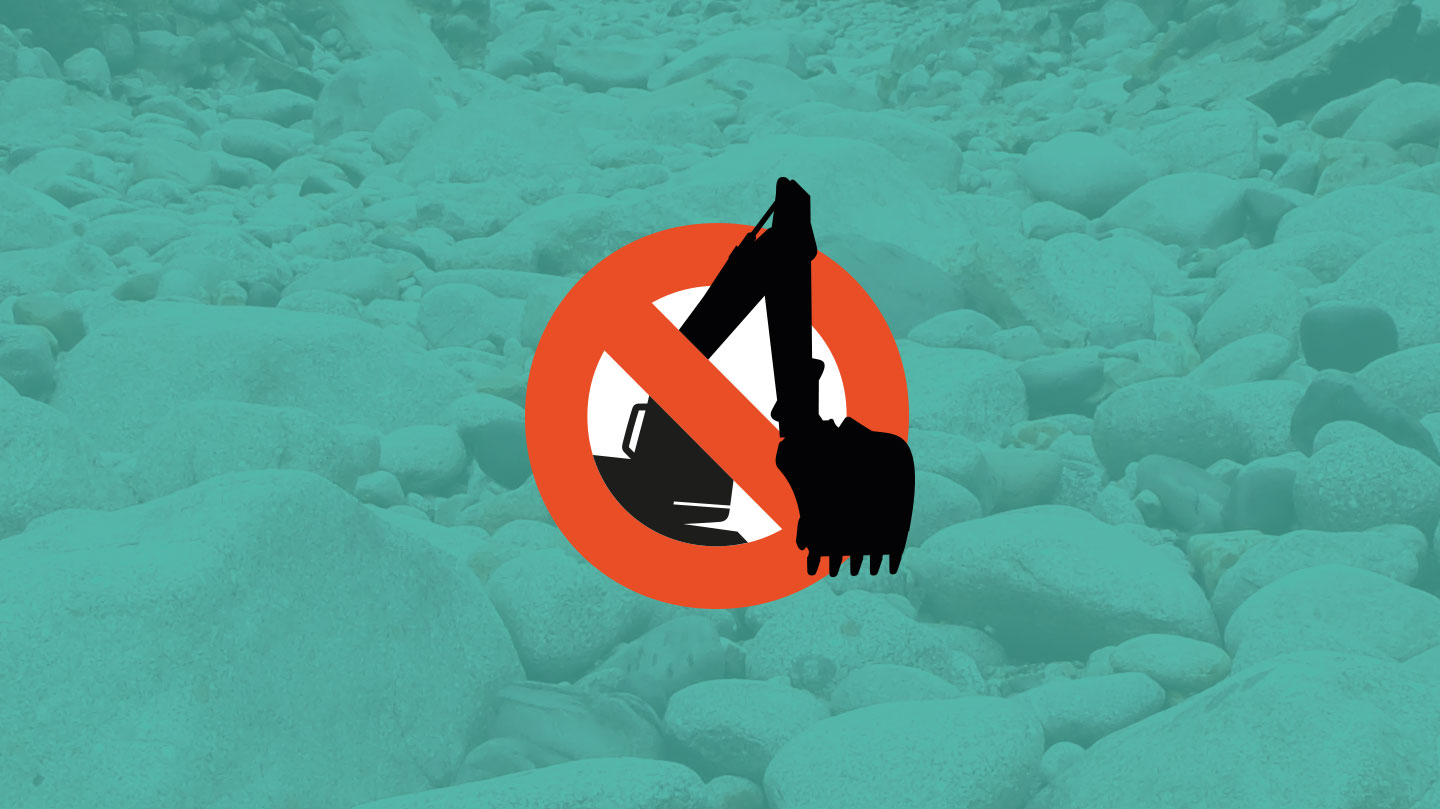
Now is the time to get your planning objection in.
The planning authority dealing with the hydro scheme is the Snowdonia National Park . Speaking to the planning officer Mr Richard Thomas he suggested the most effective form of objection would come from individual planning objections from all those concerned via either letter, fax or email.
Please include your name and address.
Perhaps if you are a member of a fishing club, canoe club, walking club , photography society or other group you could send one objection which all members could sign and add their signatures to.
A template letter head including the address and planning ref and description is provided.
What to include:
Have a look at the planning application and the Environmental Impact Assessment EIA. They can be found here:
Remember the EIA is not an independent document. It is written to justify the scheme by a company who may bid to be main contractor.
Think about what is important to you, the community, the environment and the national park. Some topics you might want to cover
The National Park is the wrong place for a scheme of this size:
The Snowdonia National Park set out criteria for new developments in their development plan
See http://www.eryri-npa.gov.uk/__data/assets/pdf_file/0004/184684/ELDP-Final-6.1.12.pdf
The section on energy states
3.19 Whilst large-scale energy power generation projects are incompatible with National Park status an assessment of renewable energy in Snowdonia considered that scope might exist to contribute to reduce demand for electricity derived from fossil fuels through efficiency savings and through small-scale renewable energy developments to meet domestic or community needs. These included small-scale hydro, domestic wind turbines, photovoltaics, biomass and landfill gas.
Although the power produced by the scheme is low, set at 5MW to avoid immediate dismissal by the national park and to allow it to take advantage of very generous FIT payments meant for households and farms. The damage and infrastructure is the same as that for a much bigger scheme. A £13 million pound project by a foreign owned power giant is not a “small-scale renewable energy developments to meet domestic or community needs”. Snowdonia’s power needs are already met by the existing 82MW of installed hydro making Snowdonia a net exporter of renewable power. For the same document:
The 20 or so hydro power stations which are located in, or use water from, Snowdonia have a combined total installed capacity of some 82 Megawatts (MW). This is far in excess of local demand and results in the area being a net exporter of electricity.
All power produced is therefore to full fill needs outside of the park, not for “domestic or community needs”.
-Damage to the environment:
This will occur both during operation and construction.
See this link for a description of the special nature of the area to be affected, it includes a SSSI and ancient woodland, it sits within a National Park and an Area of Outstanding Natural Beauty.
-Loss of recreation:
Details regarding the damage to kayaking can be seen here
http://savetheconwy.com/2013/12/07/how-will-the-scheme-affect-kayaking/
The river is one of the major Salmon spawning rivers in Wales / the UK to risk damage to such an environment through reduced reach and the insertion of manmade barriers is absurd. Fishing is a major recreational pass time and creator of income for the local area , rivers on which it depends either directly or indirectly need protection.
-Damage caused to local communities during construction:
This will be the one of the largest private construction projects ever to have been built within the National Park.The scale of disturbance and damage to local communities during the construction period will be immense. Construction is proposed to last 18 to 24 months but looking at RWEs record on the Dolgarrog refurbishment it is certain to be longer. Our Planning Engineer estimates that digging the tunnel section alone will require the removal of over 6300 m3 of rock, equivalent to 1400 18 wheeler lorry journeys on one of the narrowest sections of the A5. This section of the A5 is used by visitors from England to visit Snowdonia and the upper works will occur at the access junction to the community of Penmachno. With large depot areas at the top and the bottom of the Fairy Glen the area will become a construction site. How many local businesses reliant on tourism can survive 2 years of disruption?
-Limited Benefit:
There are few perceived upsides to this scheme. The level of power produced is small and variable. Using RWEs own figures the peak production of 5MW is equivalent to less than 2 modern large wind turbines and the scheme will only produce this for a maximum of 54 days a year. Due to the schemes reliance of river levels for an estimated 128 days it will produce nothing at all. It is difficult to justify the environmental cost of this scheme even in relation to fossil fuel power stations. See http://savetheconwy.com/2015/03/28/better-than-a-power-station/
After the construction is finished (around 2 years) no employment is likely to be created by the scheme for the rest of its existence (the RWE scheme in Dolgarrog has run for around 90 years) and it will be run remotely from an existing RWE control center.
RWE plan around 100m of new path to enhance the area and a short section of existing path will upgraded to provide disabled access. However an existing footpath will be used as a construction road during the building of the scheme and the area around the construction site will be closed to walkers during the construction period.
Finally get something sent, by the beginning of next week if possible, it doesn't matter how long or how short. I was told by the planning officer that if no one objects they think no one in concerned. Let them know your views


Comments are closed.